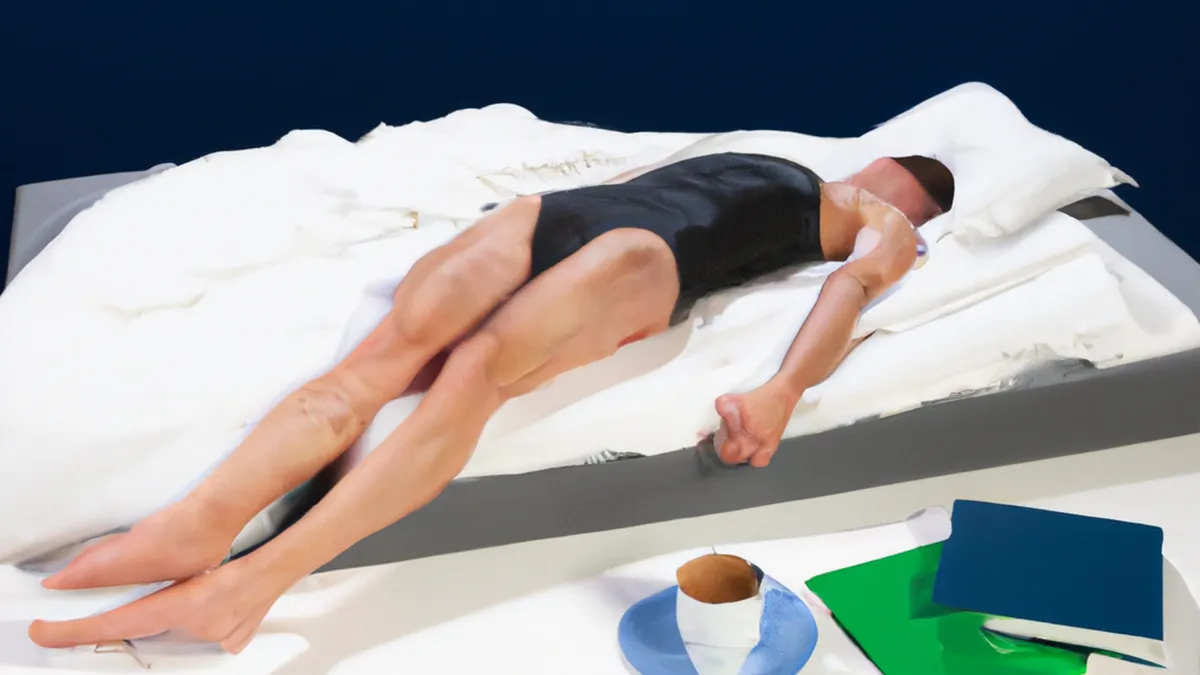Understanding Sleep Positions for Athletes
How Sleep Positions Affect Performance Recovery in Athletes
Athletes push their bodies to excel. Recovery serves as a crucial part of optimizing performance. Sleep, especially sleep position, significantly impacts recovery. Understanding sleep positions helps athletes improve performance and well-being.
The Importance of Sleep for Athletes
Sleep serves as a fundamental physiological necessity. It plays a critical role in essential bodily functions for athletes. During sleep, the body repairs muscles, regulates hormones, and consolidates memories.
Inadequate sleep leads to fatigue, slower reaction times, and poor decision-making. A study in the “Journal of Sports Sciences” shows that poor sleep quality declines physical and cognitive performance. Thus, athletes must prioritize quality sleep to perform their best.
Common Sleep Positions and Their Effects
Athletes often prefer specific sleep positions based on comfort and habits. Each sleep position affects the body differently, impacting recovery.
Back Sleeping
Sleeping on your back promotes spinal alignment. This position keeps the spine neutral, allowing the head, neck, and back to align. Benefits include less pain and improved breathing. Better oxygen flow enhances muscle repair and recovery.
However, back sleeping may worsen snoring or sleep apnea. Athletes with these issues should consider positions that support breathing without compromising spinal alignment.
Side Sleeping
Side sleeping is popular among athletes for its advantages. This position reduces acid reflux and alleviates spinal pressure. It also improves circulation in the arms and legs. Athletes often find it comfortable, leading to deeper sleep.
Yet, side sleeping can cause shoulder and hip pain from uneven weight distribution. Athletes can use supportive pillows to reduce discomfort. Placing a pillow between the knees helps maintain hip alignment and lessens lower back strain.
Stomach Sleeping
Stomach sleeping ranks as the least recommended position for athletes. Although it may reduce snoring, it causes neck and back pain. This unnatural twisting can create muscle imbalances and hinder recovery.
Conclusion
In summary, understanding sleep positions can significantly enhance athletic recovery and performance. Athletes should prioritize sleep quality and position for optimal results.
Below are related products based on this post:
FAQ
How does sleep position affect an athlete’s recovery?
Sleep position plays a crucial role in an athlete’s recovery by influencing spinal alignment, muscle repair, and overall comfort. For example, back sleeping promotes proper alignment and better oxygen flow, while side sleeping can reduce acid reflux and alleviate spinal pressure. However, certain positions can also lead to discomfort or pain, impacting the quality of sleep and recovery.
What are the benefits of sleeping on your back for athletes?
Sleeping on your back promotes spinal alignment, allowing the head, neck, and back to remain in a neutral position. This alignment can lead to less pain, improved breathing, and enhanced oxygen flow, which is essential for muscle repair and recovery. However, athletes with issues like snoring or sleep apnea may need to consider alternative positions to support breathing.
Why is stomach sleeping considered the least recommended position for athletes?
Stomach sleeping is considered the least recommended position for athletes because it can lead to neck and back pain due to unnatural twisting. This position may create muscle imbalances and hinder recovery, making it less favorable for optimizing athletic performance. Athletes are encouraged to explore other sleeping positions that better support their body’s alignment and recovery needs.















Post Comment